Cities Where Malls Are Disappearing the Fastest
For decades, malls were the centerpiece of suburban life, places where people shopped, met friends, and spent weekends. That role has changed as online shopping cut into sales and department stores shut their doors. What remains is uneven: some properties have been abandoned for years, while others are being torn down or redeveloped into housing and community spaces that match how cities are changing.
Akron, Ohio
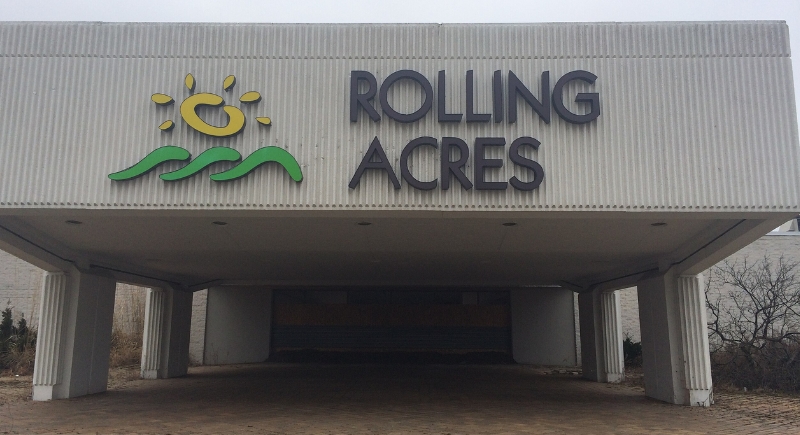
Credit: Wikimedia Commons
There used to be arcade sounds and food court chatter at Rolling Acres Mall. Now, there are Amazon delivery trucks all over the place. It was torn down in 2019 to make room for a huge fulfillment center, which shows how e-commerce is literally paving over retail nostalgia.
Cleveland, Ohio
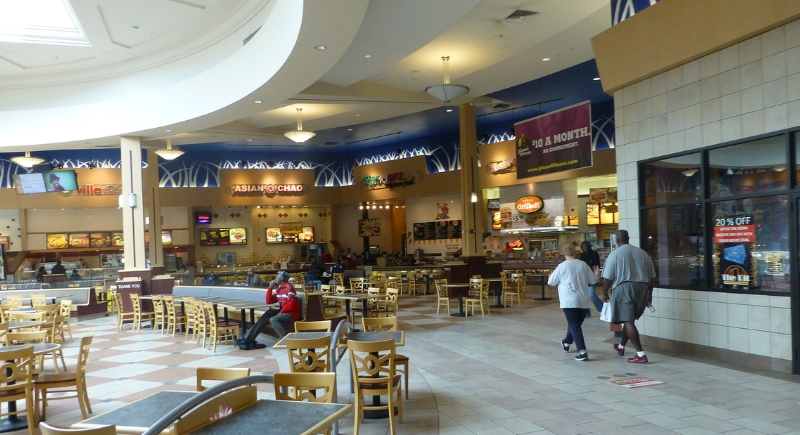
Credit: Wikimedia Commons
Richmond Town Square was a popular shopping spot in Cleveland until it closed in 2021. In 2023, demolition crews arrived to clear the way for Belle Oaks, a mixed-use development with homes and a grocery store. The change is driven more by Cleveland’s effort to improve the suburbs than by shifts in shopping habits.
Detroit, Michigan

Credit: Wikimedia Commons
In 1954, Northland Center set the standard for American malls. Its closing in 2015 was a sign that one of the first had also become one of the biggest losses. The site is being turned into Northland City Center, which shows that Detroit is replacing suburban sprawl with more densely populated areas.
Pittsburgh, Pennsylvania
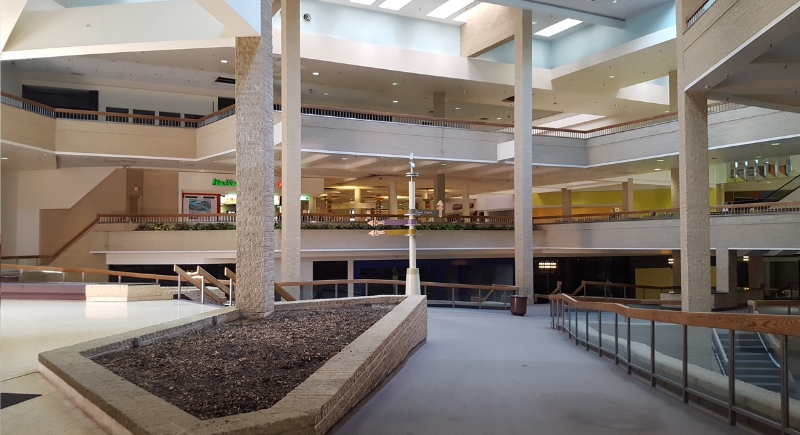
Credit: Wikimedia Commons
Century III Mall sat empty long enough to become a symbol of how fast the shopping boom collapsed. Built with six anchor stores and a sprawling layout, it thrived in the 1980s but has been idle for years. Demolition crews are now dismantling it piece by piece, with the goal of clearing the site entirely by 2026.
St. Louis, Missouri
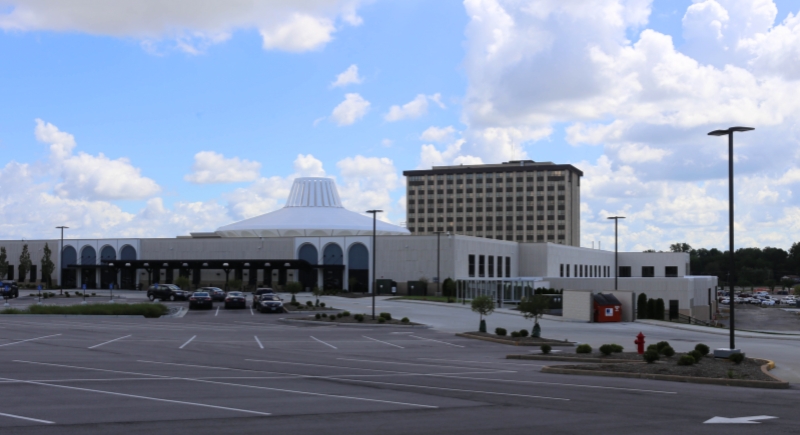
Credit: Wikimedia Commons
Northwest Plaza used to be a department store, but now it’s called The Crossings and has office suites and discount stores instead. Meanwhile, Crestwood Court was torn down and replaced by a grocery store project. St. Louis shows how cities turn old malls into places to get the things you need every day.
Minneapolis–St. Paul, Minnesota

Credit: Wikimedia Commons
The Mall of America gets a lot of attention, but smaller malls like Brookdale Center couldn’t make it. It was torn down in 2012 and reopened as Shingle Creek Crossing, an outdoor group of big boxes. Burnsville Center has tried to stay open, but its shrinking staff shows that not every mall can stay open in a city with a lot of stores.
Chicago, Illinois
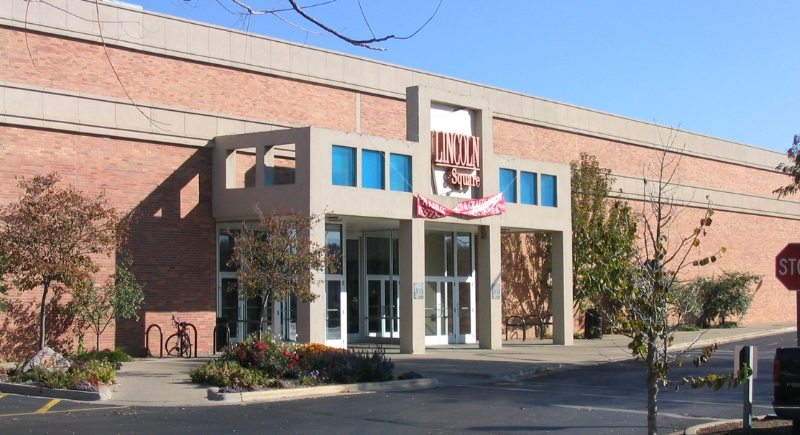
Credit: Wikimedia Commons
In Matteson, Lincoln Mall collapsed under unpaid taxes and lawsuits and was demolished not long after its 2014 closure. A few miles away, River Oaks Center still operates, but its shuttered anchor stores leave much of the space hollowed out. Across the south suburbs, old shopping sites are increasingly being cleared for warehouses and distribution hubs rather than retail revival.
Houston, Texas
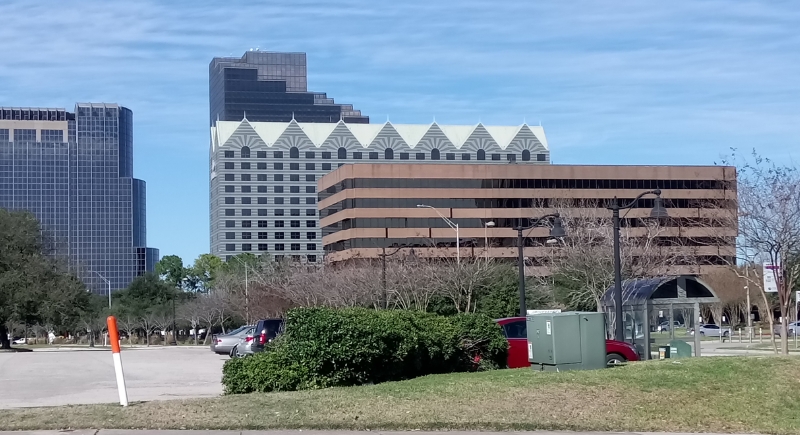
Credit: Wikimedia Commons
At Greenspoint, the last tenants left, and the property now waits for housing and community projects to take shape. Across the city, Sharpstown has survived by shifting into PlazAmericas, where small vendors and flea-market style stalls fill the halls. Houston’s malls haven’t followed one script—their fates depend on the neighborhoods around them and how those areas continue to change.
Atlanta, Georgia
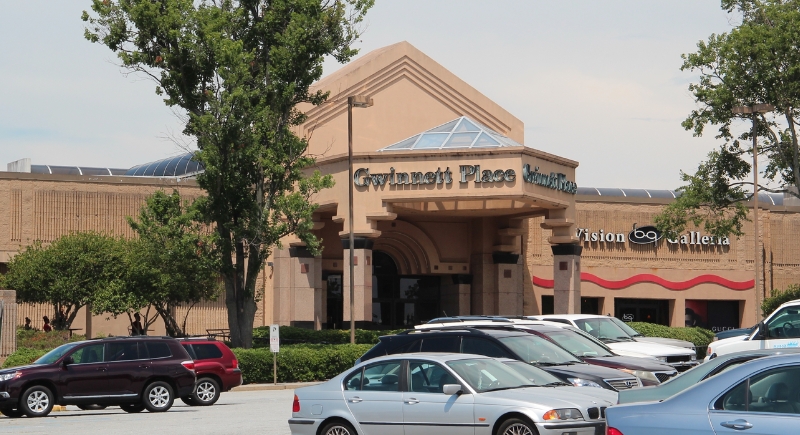
Credit: Wikimedia Commons
Gwinnett Place Mall once pulled steady crowds, but today it’s better known as the set of Stranger Things. The county now owns the property and is preparing to replace it with a mix of housing, transit connections, and open space. The project reflects Atlanta’s broader shift toward building compact centers of activity instead of sprawling, enclosed malls.
Denver, Colorado
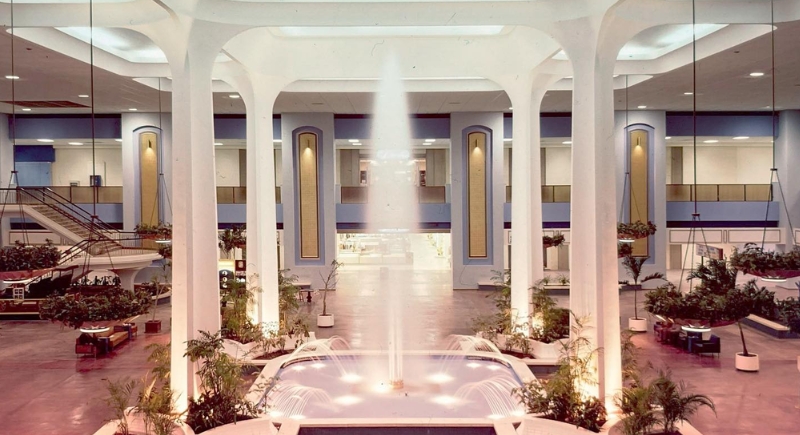
Credit: Instagram
Cinderella City used to be the biggest mall west of the Mississippi. CityCenter Englewood, a transit-oriented development with apartments and civic offices, took its place when it closed in 1997. Denver changed how land in the suburbs connects to the city.
Phoenix, Arizona
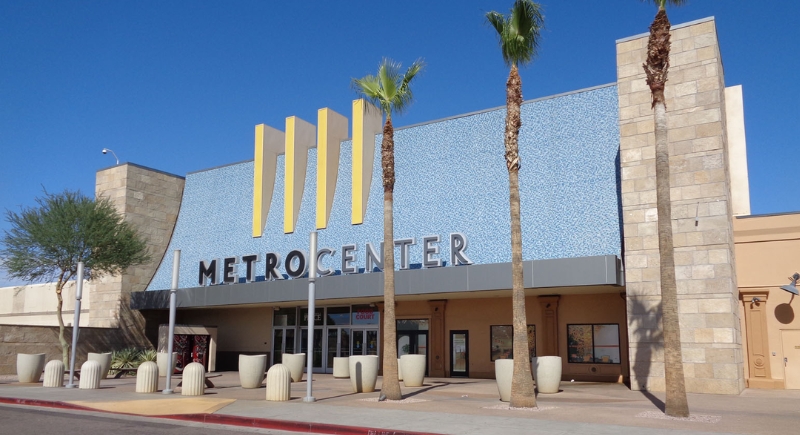
Credit: Wikimedia Commons
Metrocenter’s closing in 2020 was a big blow. The mall had been in movies and had loyal customers for decades. But by the end of 2024, demolition had cleared the way for “The Metropolitan,” a neighborhood with housing, shops, and entertainment that is connected to public transportation.
Miami, Florida

Credit: Wikimedia Commons
After Hurricane Andrew, Cutler Ridge Mall was rebuilt as Southland Mall, but it never fully got back on its feet. Anchors left, foot traffic dropped, and owners moved around. Developers now see the land’s true worth, and they plan to repackage it for mixed use, which is a common story in Miami.
Baltimore, Maryland

Credit: Wikimedia Commons
In 2016, Owings Mills Mall was torn down and replaced by Mill Station, an open-air center with discount stores. Security Square Mall has a lot of empty space, but the county has bought anchor parcels to get the redevelopment going.
Kansas City, Missouri

Credit: Wikimedia Commons
In 2009, the Bannister Mall was torn down and replaced by the Cerner Innovations Campus, which Oracle later bought. The move from carousel rides to office towers shows how Kansas City’s economy is changing. For example, land that used to be for shoppers is now home to thousands of tech workers.
Las Vegas, Nevada
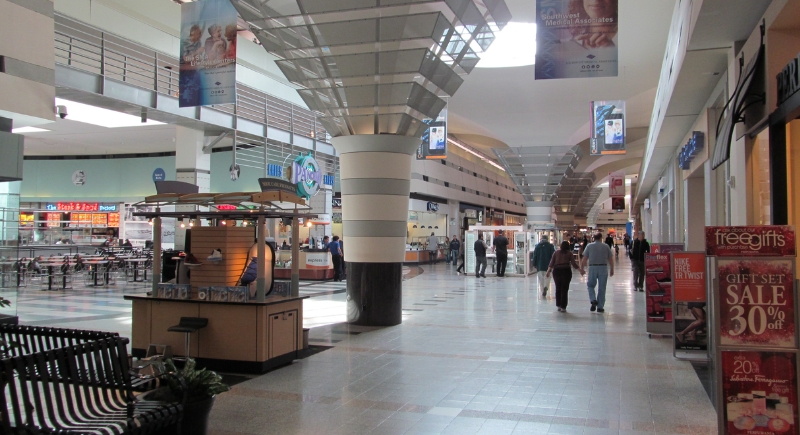
Credit: Wikimedia Commons
Boulevard Mall hasn’t closed big sections, but the owners are now focusing more on experiences instead of just shopping. They are adding schools, clinics, attractions, and a large marketplace, while old big stores are being reused for new things. Meadows Mall is still open, but it now focuses on affordable stores and local events instead of fancy department stores.